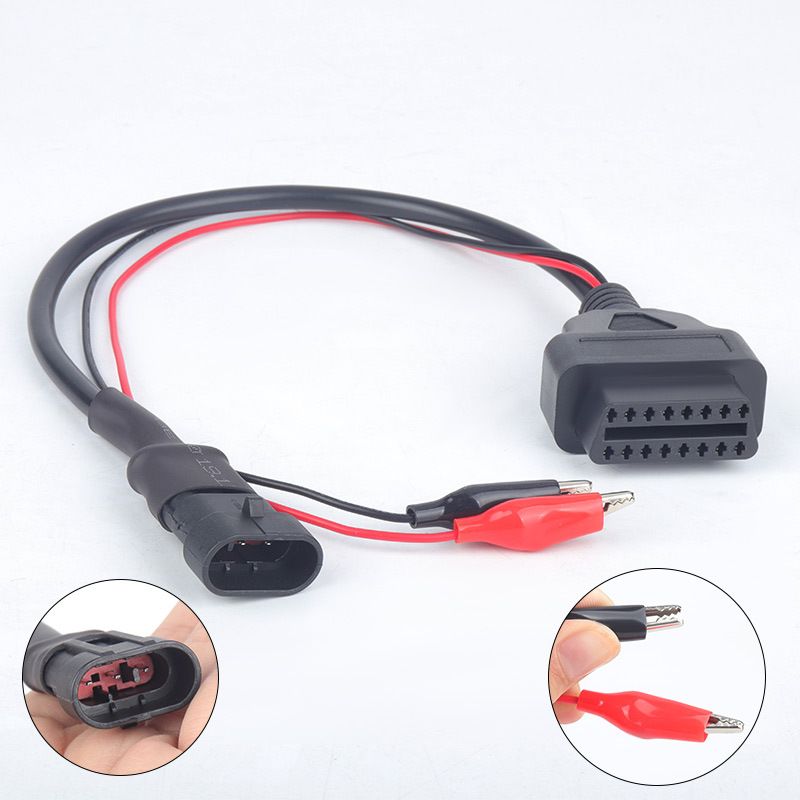Basic structure and characteristics of 3 pin to 16 pin OBD2 cables
With the rapid development of automotive technology, OBD2 (second generation on board diagnostic system) has become the standard configuration for modern vehicles. As a key link connecting vehicles and diagnostic equipment, the OBD2 cable provides maintenance personnel with the ability to quickly and accurately obtain vehicle fault information. This article will provide a detailed introduction to the basic structure and characteristics of 3-pin to 16-pin OBD2 cables.

Firstly, let's take a look at the basic structure of the OBD2 cable. One end of it is a 16 pin plug connected to the OBD2 interface of the vehicle; On the other end is a 3-pin plug connected to the diagnostic equipment. This cable enables data transmission between the vehicle and diagnostic equipment, allowing maintenance personnel to easily read vehicle fault codes, clear fault lights, and perform other related operations.
So, what are the characteristics of OBD2 cables? Firstly, it has high-speed data transmission capability and can transmit real-time vehicle status information. Secondly, the OBD2 cable has strong anti-interference ability, ensuring stable connection in complex environments. In addition, the pin definition of this cable is clear, making it convenient for maintenance personnel to quickly connect and operate.
